Ref : 0782
A very good English cello bow by
Albert Leeson
(1904 - 1946)
Made for Hill and stamped 'H&S'. London, 1928
|
Albert Leeson (1904-1946) was one of the 'Gold Squad', an expression used with reference to the two top bow makers in the bowmaking workshop of W. E. Hill & Sons in London, during the early part of the 20th century - the other half of the squad being Edgar Bishop. Leeson joined Hills in 1920, at the age of 16, as part of Hill's intake of fresh apprentices directly after the war. He was taught by William Retford who was regarded as 'the greatest bow craftsman of his time' and was also Retford's favorite pupil. He was soon allowed to work on the finest bows unsupervised, which was unheard of in the Hill workshop. Together with Edgar Bishop, who was also taught by Retford, they made many of the highly sought-after gold-mounted fleur-de-lys bows. There is a peculiar twist in this story in that both members of this Gold Squad died very young - Bishop died in 1943 at the age of 39 and Albert Leeson died three years later, in 1946, at the age of 42 when he was knocked down by a bus in London. With such a short productive life it makes Leeson's bows somewhat rare and finding a Leeson cello bow is even more special. This bow, stamped 'H&S' bears Leeson's identifiers in both the silver head slide and on the underplate, along with the indicator that the bow was made in 1928. That means that the frog is original to the stick. . In fact, it fits like a glove. I believe the plain silver button is also the original one. Leeson would at that time have been 24 and had been at Hills for 8 years - well settled in his craft. This bow was found in a state of horrendous neglect and oblivion, yet survived perfectly intact. It has been beautifully restored by Svend Christensen - a French-trained bow maker. Christensen fitted the bow with imitation whalebone lapping and a thumbpad of South African ostrich foot skin, which closely resembles lizard skin, but is not CITES regulated. The round pernambuco stick is faultless. The frog bears a plain eye. The only evident repair is a minor one to one of the rear edges of the frog - almost imperceptible and certainly no threat to the structural integrity of the frog which remains superb. By all standards this is a light cello bow - but firm. All who have tried it were impressed by its playing properties. This is for a collector and connoisseur. Or for a good appreciative cellist.
|
|
|||||||||||||||||||||||||||||||||
 |
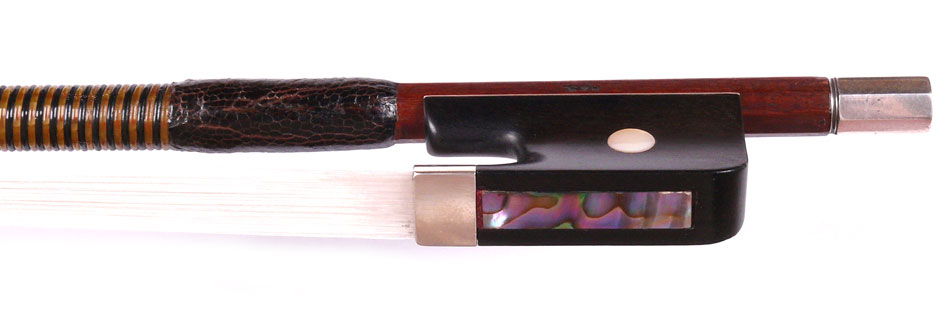 |
 |
 |
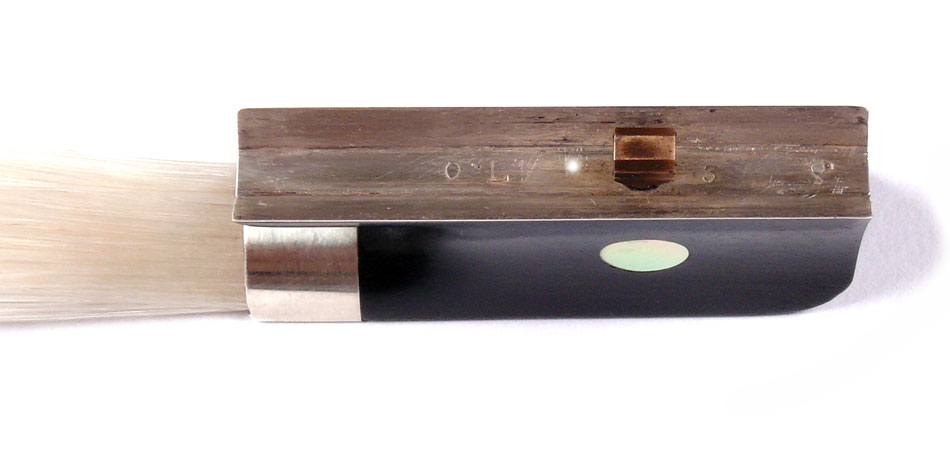 |
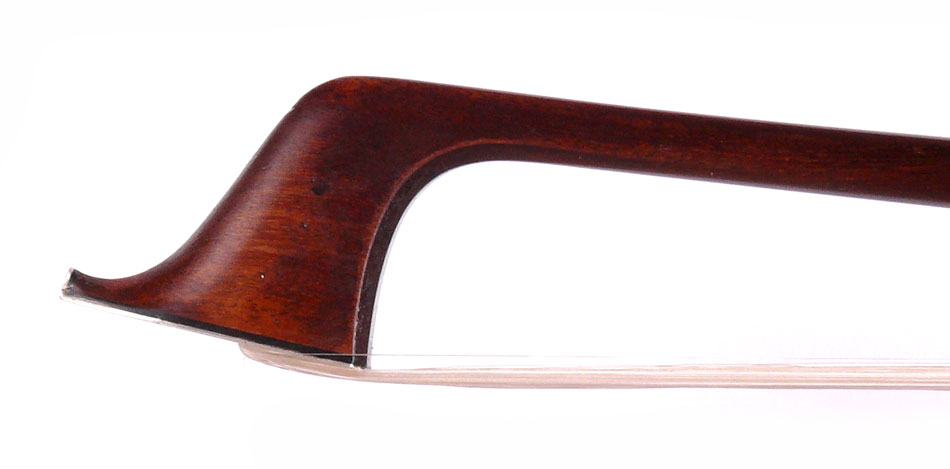 |
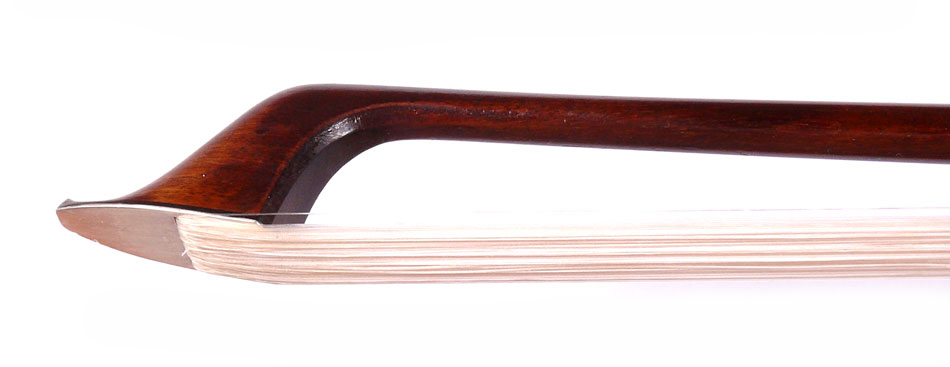 |
 |
 |
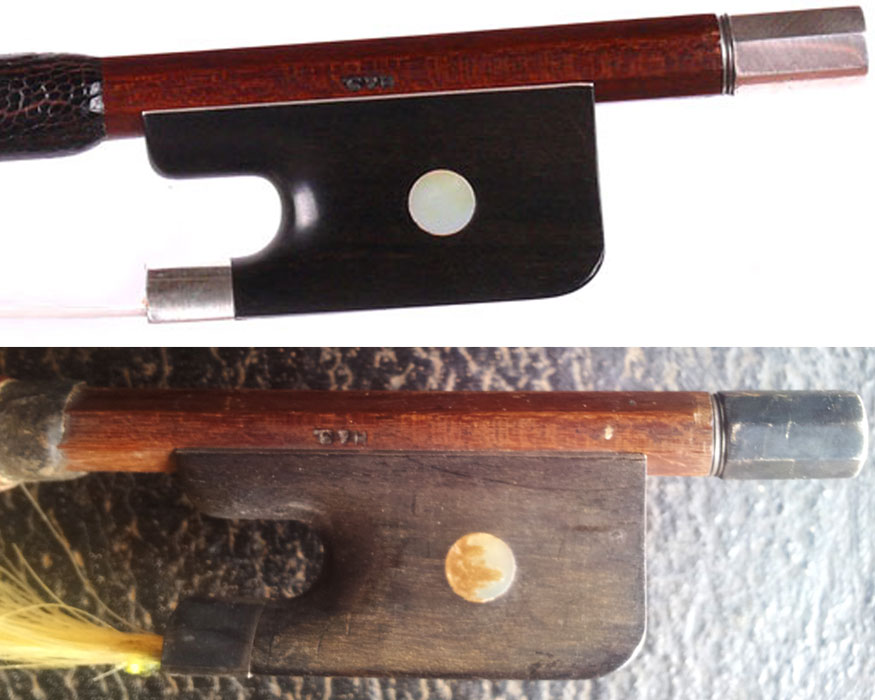 |